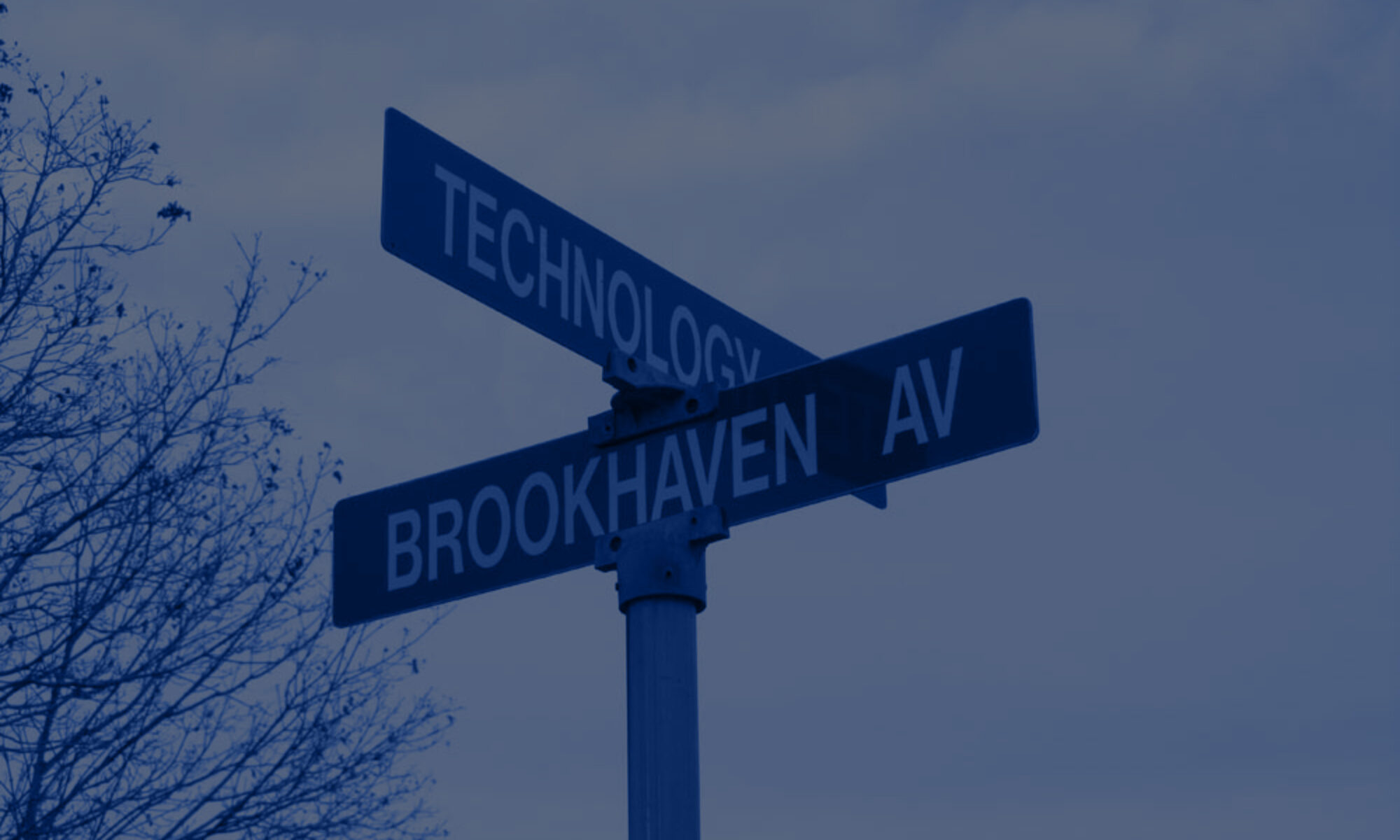Hello! Our group project is called Smart Building Entrance System. We are seniors in the Computer Engineering Technology Department and are excited to tell you about our senior design project.
Controlling the number of people entering or exiting a building and the number of occupants in a building has become important during the COVID-19 pandemic. Our research project involves the development of a smart building entrance control system by using low-cost open-source computer hardware and software components. This is a group project in which Umaira is responsible for computer hardware implementation, Lipi is responsible for software implementation. And Caroline is responsible for implementation of data communication. We worked on this project under the supervision of Professor Zia.
The dataCO2 emissions in the world from 1750 – 2017 is obtained from Kaggle.
The trend line graph shows that CO2 emissions due to human activities are increasing exponentially in the world. The order of countries with the highest CO2 emissions was the United States, Russia, Germany, China, and Canada in 1959, however, it changed to be China, the United States, India, Russia, and Japan in 2017. According to the United States Environmental Protection Agency, the combustion of fossil fuels for transportation and electricity generation is the main source of CO2 emissions followed by industrial processes. In the future, we will investigate the strategies for reducing CO2 emissions in the world.
ARCscholars is comprised of advanced City Tech architecture students and NYCHA young adults, united in their interest to study architecture and the urban fabric. Together they studied the condition at the Washington Houses in NYC and collaboratively determined appropriate design improvements. The students were divided into three groups and experimented with presentation techniques that were accessible to all regardless of their previous architectural background. They skillfully identified areas to inhabit such as exercise zones, bike circulation and picnic areas. They also developed decorative fountains, informational kiosks, and temporary art exhibitions.
Cyber Security is important in our current digital world. It’s difficult to understand that our devices aren’t as secure as we might think they are. Through our rigorous research, we have discovered the methods and ways that the Cyber Security industry has used to protect our devices and prevent cyber attacks that would result in cyber crime. We collected our data online and through interviews with the industry. We can conclude that the methods to avoid the event of cyber crime are complex and broad. Our next step is to extend our research, organize data, build websites, and connect with the cyber security industry.
Our research topic is the ethics and consequences of plant and animal cloning. Cloning is a widely used agricultural process. It is employed when a plant has desirable traits that people wish to replicate and preserve. Cloning in agriculture is a process that is widely accepted as safe, however, we sought to test that general hypothesis. Is cloning truly a safe process? As part of our research, we conducted both scientific experiments and public opinion surveys, in order to test for possible physical (genetic) consequences, and moral consequences respectively. Our scientific endeavors involved performing actual plant cloning, in which we attempted to clone a mint plant from cuttings. We did this to test for possible genetic abnormalities when performing repeated cloning. Our public opinion surveys sought to observe and detail reasons why the public may be apprehensive towards the idea of cloning, on the grounds of morals, religion, and other reasons. Our analysis and research were performed with the rules and codes regarding ethical research in mind at all times. We ensured that all guidelines were adhered to, to the highest degree possible. Our research into cloning led us to the realization that although humans may have marginal successes in cloning, such as our initial success with our mint clones, we lack the proper knowledge and understanding to produce effective and self-sufficient organisms. Cloning is similar to any type of artform our world has to offer; Easy to learn, near-impossible to master. There will almost always be mishaps, such as in our case, and until our societal knowledge of cloning is advanced significantly, cloning will remain an imperfect art.











